Graham Reid | | 4 min read
From Scratch: Part 8
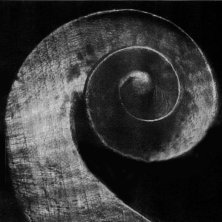
Even producer Steve Garden, one of the prime movers behind Auckland's Rattle label, finds it hard to believe it has been 20 years since their first releases.
Now with a catalogue of over 30 albums -- which includes those on their Rattle Jazz imprint -- Rattle is a significant player in New Zealand's musical landscape.
It has recently launched the ia subsidiary label (Independent Artists, first out of the blocks an album by jazz pianist Phil Broadhurst and his group) as well as distributing a bracket of albums by what we might call "fellow travelers" (pianists Jonathan Besser and Norman Meehan, guitarist Peter Haeder, the New Zealand Trio and others).
Rattle has its own You Tube channel, has had its music licensed into films and documentaries, and at current count 13 of its albums have won -- or been finalists in -- major New Zealand music awards in both jazz and classical categories.
Two decades on its has lived up to its mission statement: "Rattle was established in 1991 to provide a platform for the extraordinary diversity and quality of new music in Aotearoa/New Zealand.
"Our aim is to bring this rich soundscape (music to engage the head and the heart) to the wider world.Rattle's producers have sought to draw together a sound that is of the Pacific, one that embodies the heritage of its indigenous peoples and those who have followed."
And on it's 20th anniversary it presents remastered editions of the two albums which launched the label, Gitbox Rebellion's Pesky Digits and From Scratch's Songs for Heroes.
Gitbox Rebellion -- a nine-piece guitar ensemble -- grew out of a workshop group helmed by Nigel Gavin who had links with British guitarist Robert Fripp (of King Crimson).
In 1990 Fripp visited New Zealand and held intense sessions on playing, focusing the mind, and intellectual and emotional discipline.
Out of this grew Gitbox Rebellion, an ensemble which bridged the world of classical, jazz, exploratory folk and chamber music, with nods to flamenco, rock and avant-garde music.
 Their debut album won immediate acclaim in the media and their performances were thriling, edge of seat stuff.
Their debut album won immediate acclaim in the media and their performances were thriling, edge of seat stuff.
Gitbox (the name truncated, and the ensemble too) recorded the Touch Wood album for Rattle four year later, and Nigel Gavin subsequently went on to a considerable number of solo and other projects (see here).
Kim Halliday from the ensemble currently performs internationally with the group Pacific Curls.
It was telling that even in these early days Rattle's vision for the label was to record music on the periphery of the mainstream but which had established great credibility within a small circle.
The release of From Scratch's Songs for Heroes also showed immediately the label was going to be impossible to pigeonhole.
From Scratch were the long-running percussion ensemble which had been established by Philip Dadson in the early Seventies. The group -- with a changing membership which included Geoff Chapple, Don McGlashan, Darryn Harkness, Wayne Laird and others -- hit headlines for the sheer curiosity factor of their instruments: PVC pipes of varying lengths hit with Jandals.
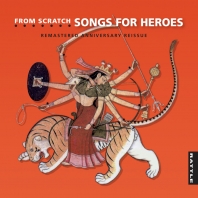 Performing with a theatrical flair, and with complex rhythmic patterns and a sound which vaguely recalled both Indonesian gamelan and Pacific drums, From Scratch toured the world playing festivals, recorded initially for Flying Nun, and were the subject of a number of documentaries, notably Drum/Sing by Gregor Nicholas.
Performing with a theatrical flair, and with complex rhythmic patterns and a sound which vaguely recalled both Indonesian gamelan and Pacific drums, From Scratch toured the world playing festivals, recorded initially for Flying Nun, and were the subject of a number of documentaries, notably Drum/Sing by Gregor Nicholas.
Their album Songs for Heroes (Dadson, Neville Hall who had been the saxophonist in the pop group Peking Man, James McCarthy and Walter Muller) is a continuous piece in eight sections and was dedicated to Auckland Sufi teacher Abdullah Duggan. The album pays tribute to spiritual heroes -- Rumi, Rinzai, Black Elk, Lao Tse, Buddha and many others -- and as with Gitbox Rebellion's album, it received wide praise.
Repackaged in an even more handsome cover than the original, it is a landmark recording for New Zealand music which, while global in outlook also speaks eloquently of New Zealand's place in the Pacific.
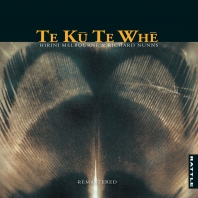 By some subtle stretching of "anniversary", Rattle also re-presents a remastered edition of the exceptional '94 album Te Ku Te Whe by Hirini Melbourne and Richard Nunns which, perhaps for the first time, introduced the sound of traditional Maori instruments to a wider audience. (See here.)
By some subtle stretching of "anniversary", Rattle also re-presents a remastered edition of the exceptional '94 album Te Ku Te Whe by Hirini Melbourne and Richard Nunns which, perhaps for the first time, introduced the sound of traditional Maori instruments to a wider audience. (See here.)
That this album should have won a gold disc is indicative of how people were curious about these rare, earthy and often otherworldy sounds.
This album had a profound influence on many young composers and Maori artists who began incorporating the sounds of these instruments into their own work and in '06 -- three years after the death of Melbourne -- the material was remixed for the album Te Whaiao by electronica artists such as Pitch Black, Rhian Sheehan, Chris Macro and Salmonella Dub.
So, within a few years of establishing itself Rattle had presented innovative and important albms by a guitar ensemble, a percussion group and two musicians playing traditional Maori instruments.
Their mandate was wide open and in subsequent year the label recorded important New Zealand composers such as John Psathas, Gillian Whitehead and Jack Body, music at the interface of jazz and Maori cultures, pianist Michael Houstoun . . .
 Twenty years ago Rattle released two albums in the same year. In 2011 the release schedule shows 18 albums either out there or on the starting blocks.
Twenty years ago Rattle released two albums in the same year. In 2011 the release schedule shows 18 albums either out there or on the starting blocks.
And among them is the daringly innovative Ancient Astronaut Theory by Canadian composer Dave Lisik and Richard Nunns.
Another boundary ignored and explored.

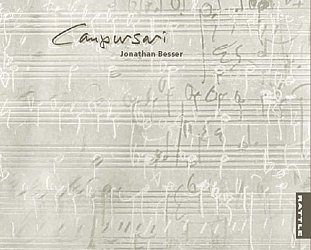


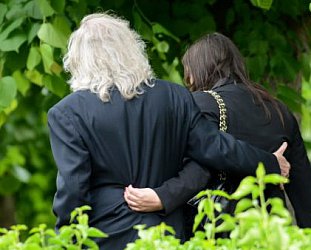
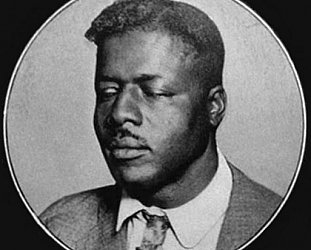
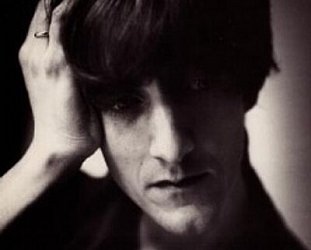
post a comment